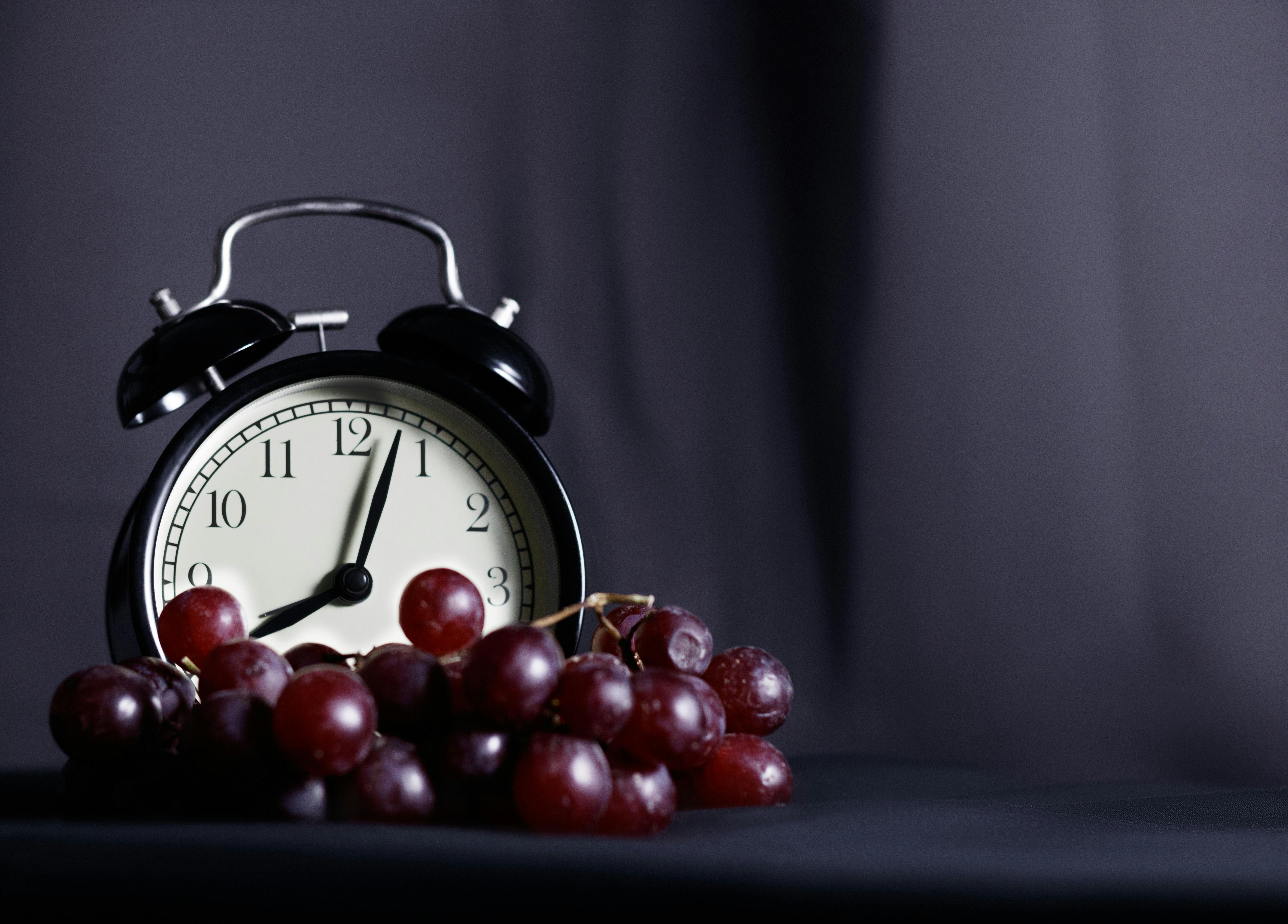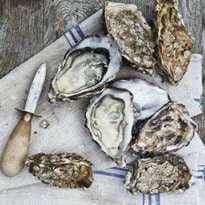Don't fear the briny crustacea: follow a few basic rules and you'll be shucking oysters and peeling prawns with panache
The term "shellfish" covers an ocean's-worth of molluscs and crustacea, so for brevity's sake I've chosen a few favourites that anyone can tackle. Although farming has made shellfish a year-round treat, any month with an "r" in it is the time to tuck into native species.
At the counter
Freshness is everything. All shellfish should smell of the sea, but not fishy. Molluscs - mussels et al - are purged before sale to purify and remove grit. To check they are alive, tap open shells firmly on the worktop. Throw away any that do not close, plus any with breaks or cracks. Fresh prawns will have bright beady eyes, intact legs and shiny shells.
Back home
Remove from plastic bags, put into a bowl and keep covered with damp kitchen paper at the bottom of the fridge. In-shell scallops and oysters should sit rounded-side down to preserve their juices. Stored properly, shellfish will survive for a couple of days, though I prefer them to hit the pan before sunset.
Mussels, clams and cockles
Small sweet clams and mussels cook in a flash, their briny liquor almost as important as the nuggets within. After checking for signs of life, scrub in cold water, and for mussels, knock away barnacles with a cutlery knife, then pull away any weedy beards. Rope-grown mussels tend to be less barnacly. Discard any that stay closed in the boiling pan.
Live cockles can make a fine and very affordable substitute for clams, if you're lucky enough to find them. Larger, tougher clams are best opened, chopped and chowdered. Razor clams swing both ways.
Oysters
Prized native oysters are in season when there's an "r" in the month, whereas Pacific oysters are for up grabs year-round. To shuck, hold flat-side-up in a cloth, insert an oyster knife just next to the hinge, and work it into the shell. Twist the blade to pop it open. Release the meat, pick out any shell, then keep on ice before you dress, slurp or chew. If buying on the half-shell, look for plump meat with plenty of juices.
Prawns
Coldwater prawns are cooked and frozen at sea. Peel and dip little-finger-size beasties into mayo or tip prepared frozen prawns straight into quick curries. Big, raw, whiskery prawns (buy only certified stock) from warmer shores are juiciest cooked whole, or peeled, cleaned and sometimesbutterflied.
To peel, pinch tightly behind the head and twist the body away. Prise the shell and legs from the body, leaving the tail end if you like. Remove the black thread along the length of larger prawns with the tip of your knife. To butterfly, cut down to the middle of the prawn along the meat, then open out. Keep or freeze heads and shells for stock-making.
Scallops
Hand-dived king scallops and queen scallops from accredited fisheries make a sustainable choice. For prepared scallops, choose fresh-smelling but drier, beigey fish over bright white specimens. The latter are waterlogged, and tricky to sear.
To open a live scallop, hold the shell flat-side up. Prise open at the hinge end using an oyster knife, then scrape a thin, flexible knife under the flat shell. Once open, scoop with a spoon, discard the frills and dark digestive area, then trim away the small pearly section that sits on the side of the meat. Cut large scallops in half horizontally into two discs to prevent overcooking. The orange corals cook fast and can pop in the pan, so I prick mine with a knife and fry them separately to the white meat. Boil the shells first if you plan to use them for serving.
Jane Hornby is the author of What to Cook and How to Cook It (Phaidon). To order a copy for £18.49 (RRP £24.95), visit theguardian.com/bookshop or call 0330 333 6846
Put into practice: spaghetti allo scoglio
Serves 4
50g clams
500g mussels
60ml dry white wine
90ml olive oil
2 garlic cloves, finely chopped
2 red chillies, finely chopped
8 medium-size raw prawns, peeled and deveined (heads reserved)
4 medium-size langoustine, cut in half
400g spaghetti
A handful of flat-leaf parsley, finely chopped
1 Soak the clams in salted water for about an hour, then rinse several times in fresh water. Drain and set aside.
2 Scrub and debeard the mussels and add them to the bowl with the clams.
3 Place the clams and mussels in a heavy-based frying pan over high heat. Add the white wine and simmer until the shells open, removing the clams and mussels from the pan as soon as they open.
4 Strain the cooking liquid left in the pan through a fine sieve into a large bowl. When the clams and mussels are cool enough to handle, take most of them from their shells, leaving a few in their shells for presentation, then return them all to the bowl with the cooking liquid so they don't dry out. Wash the pan thoroughly .
5 Now heat the olive oil in the cleaned frying pan over low heat and fry the garlic and chilli for 3 minutes. Add the prawns and langoustine, together with the prawns heads. Using a wooden spoon, squash the prawn heads against the side of the pan to release their flavour, discarding them when they have changed colour. Cook the prawns and langoustine for another 3 minutes, then add all the mussels and clams, together with about 4 tablespoons of their cooking liquid. Cook for a further 3 minutes, mixing well to combine flavours, then remove the langoustine and keep them warm.
6 Cook the spaghetti in plenty of boiling water until al dente, then drain and add to the sauce. Sprinkle on the parsley, gently toss everything together and serve immediately, topped with the langoustine.
Adapted from The Art of Pasta by Lucio Galletto and David Dale (Grub Street)
Photo: To shuck, hold flat-side-up in a cloth, insert an oyster knife just next to the hinge, and work it into the shell. All photos: Tamin Jones for the Guardian









